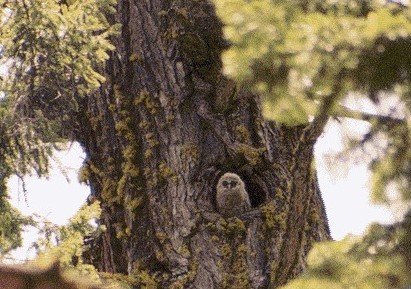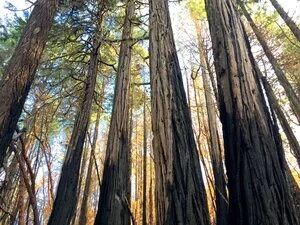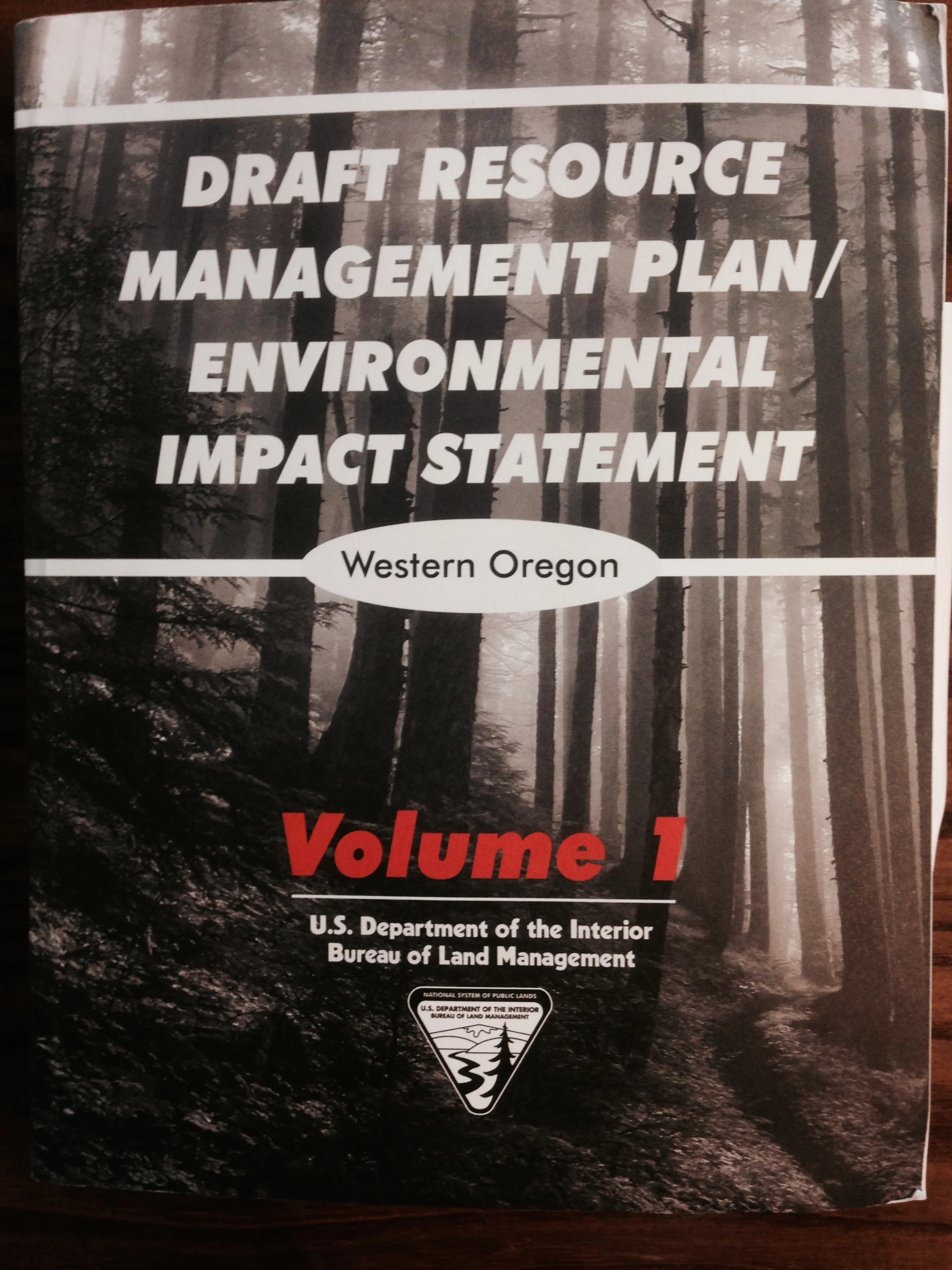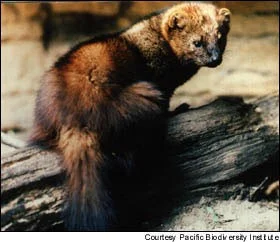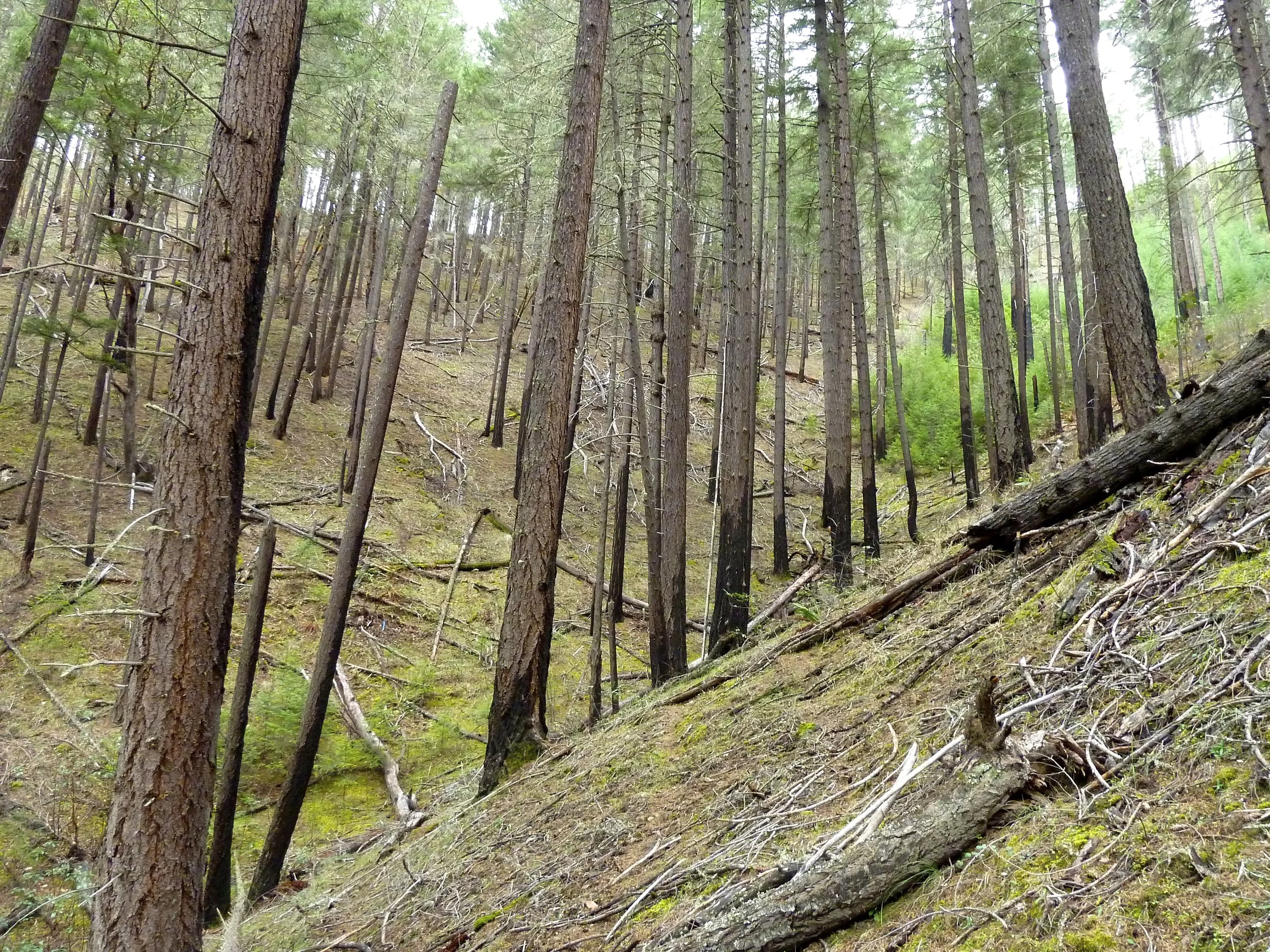The US Forest Service and Bureau of Land Management (BLM) released the first ever national inventory of mature and old-growth forests. Want to know what this all means for the protection of forests in the Pacific Northwest?
Read MoreWe need to protect Oregon lands from climate extremes and harness their potential as a climate solution. The Senate Committee on Natural Resources has scheduled a hearing on SB 530, common-sense legislation that will help increase carbon sequestration on our forests, agricultural lands, and wetlands and improve the resilience of our water, wildlife, and communities. Learn more about SB 530 and action you can take for natural climate solutions in this blog.
Read MoreInstead of continuing the century-old practice of trying to suppress wildfires, we need to learn from the our native American forebears how to use controlled burns to keep our Klamath-Siskiyou forests healthy and biologically diverse.
Read MoreFollowing decades of fire suppression and logging that created dense young forests, a return to ecosystem resiliency requires thinning second-growth plantations, retaining large trees and forest canopy, and returning the role of fire to these fire-dependent forests.
Read MoreFew experiences are more evocative of the Pacific Northwest than the sight of a salmon leaping a waterfall. People gather to watch as they make their way to ancestral spawning grounds each year at Rainie Falls on the Rogue River or the mouth of Wooley Creek on the Salmon River. Some rivers of the Klamath-Siskiyou are strongholds for wild salmon, including the federally listed Northern California/Southern Oregon Coho Salmon
Read MoreAt KS Wild, we have a deep admiration for this creature that so deeply epitomizes the wilderness. Unfortunately, the story of the wolf is one of systematic persecution and deep-rooted mythologies that inspire fear in people. Some say the removal of the wolf is a bitter reflection of our society’s tendency to suppress all things wild; others, want nothing more than to allow wolves to fade into extinction.
Read MoreUnlike most of North America, we are extremely fortunate to live in a region in which five major wildland complexes have thusfar survived the pressures from logging, mining and road construction. It is our job and responsibility to protect these special places for the those who come after us and for their intrinsic value.
Read MoreOn August 5, the Bureau of Land Management (BLM) signed a management plan for western Oregon, largely ignoring a formal protest from 22 conservation and fishing groups. The BLM plan eliminates protections for streamside forests, increases clearcutting in wet forests, and removes 2.6 million acres of federally managed public forests from the 1994 Northwest Forest Plan
Read MoreAfter four local public hearings and thousands of letters to elected officials, support for the Cascade-Siskiyou National Monument has been heard! On Thursday, January 12, 2017, President Obama used his authority under the Antiquities Act to expand the Cascade-Siskiyou National Monument in southern Oregon.
Read MorePart of our work at KS Wild is to track management decisions by the US Fish and Wildlife service to list at-risk species as threatened or endangered under the Endangered Species Act. In continuing a 22-year battle to protect their declining populations, we filed lawsuit with three of our conservation allies to list the Pacific fisher. Other species we continue to fight for include the Siskiyou Mountain Salamander, the Wolverine and four species of Lamprey.
Read MoreAmong the many unusual endemic species found nowhere else in the world, there is a tree, carving out its existence on high ridgelines within these remote mountains. I was surprised the first time I laid eyes on the Brewer spruce, having never seen anything like it on my mountain walks. With its long weeping branching, it’s quite a forest char- acter and hard to miss. Not only does it stand out in a sea of Douglas fir, true firs, and pines, but its physical structure hints at origins from long ago. Brewer spruce remains one of the rarest among American spruce species.
Read MoreA suite of species depend on fire for their life cycles. Healthy stands of white and purple Ceanothus burst forth after fire and provide for a suite of pollinators. Knobcone pines love the heat that enables their cones to release seeds. Black- backed woodpeckers thrive by foraging amongst blackened snags. Fire is as necessary as water is to the local forest ecosystem.
Read Morehe Oregon Department of Forestry (ODF) has failed to protect the clear, cold streams and fish in our region by excluding them in their decision to expand stream buffers for Western Oregon’s forests. ODF granted limited protections for streams to the north but left out almost the entirety of the Siskiyou region (essentially the Rogue Basin) in their policy decision.
Read MoreEnvironmental stewards can operate in a variety of ways: as practitioners, donors, and doers. Our staff works hard each day as practitioners, working directly with government agencies and stakeholders to promote best practices in the management of our public lands. Foundations and community members serve as vital donors, providing financial support for our work. The doers are all of you—KS Wild members, volunteers, interns, and partners—who take part in our work, voice your support for public lands, or even just get out on a hike.
Read MoreAfter decades of trapping and poisoning, the last wolf in California was shot in 1924. Since then, roads and highways were built and huge tracts of forest have been converted to industrial tree farms. Today, the wolf re-enters a landscape filled with strip-malls, subdivisions, climatic shifts and severe drought. It will take work with residents in areas where wolves migrate to ensure co-existence.
Read MoreRetaining trees in streamside areas is incredibly important to keeping streams cool and water clean. A healthy riparian buffer where logging is limited adjacent to streams serves a number of important functions. The shade from trees prevents the water from getting warmer, something that will be more and more important in the face of climate change.
Read MoreThe forests of the Klamath-Siskiyou Mountains are dependent upon fire. For millennia, lightning storms have ignited blazes that sparked the unique plant communities, tree composition and biodiversity that define the region. Our forests are evolved to accommodate the regenerative force of fire.
Read MoreThe Klamath-Siskiyou region is home to the largest expanse of wildlands on the West Coast. Some of these pristine wild areas are protected under the Wilderness Act as Wilderness Areas, but many other wilderness-quality lands are unprotected and face a variety of threats including logging, road-building, over-grazing, and irresponsible off-road vehicle use.
Read More
